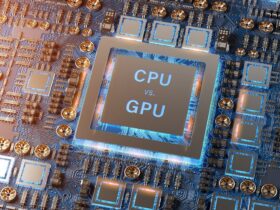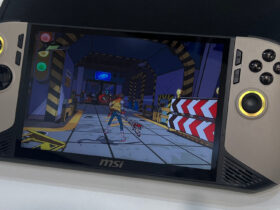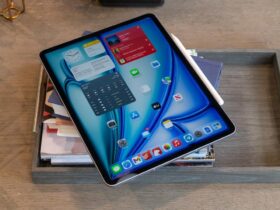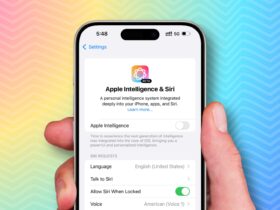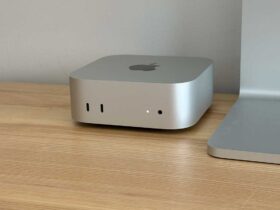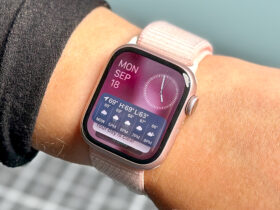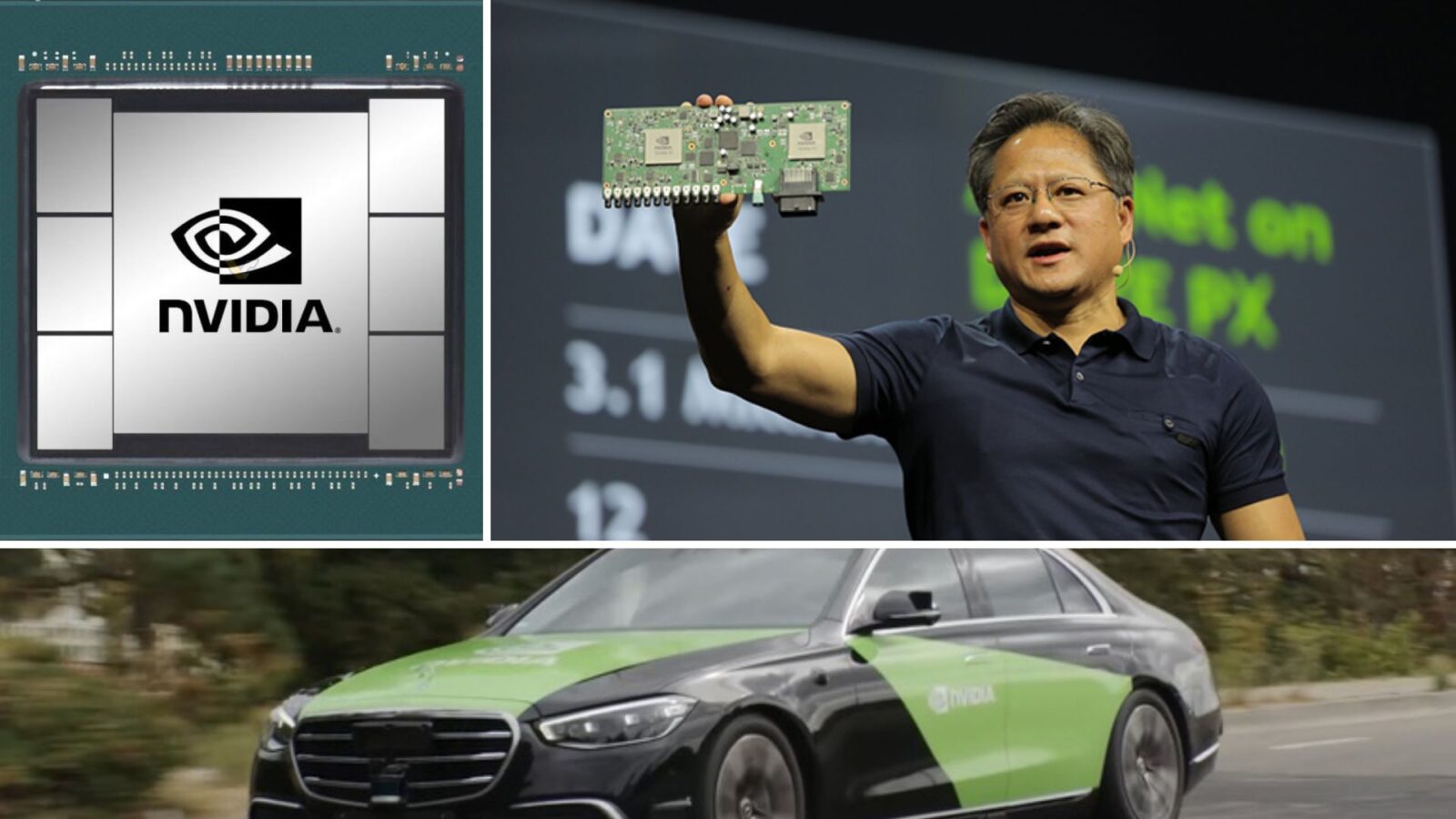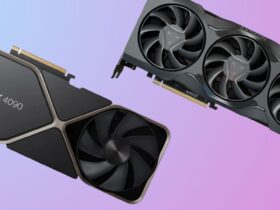Daftar Isi
In the ever-evolving landscape of automotive technology, Car GPUs play a pivotal role. These specialized graphics processing units are not only responsible for rendering infotainment displays but also crucial for enabling advanced driver assistance systems (ADAS) and autonomous driving. As vehicles become smarter and more connected, the demand for powerful GPUs continues to rise. In this article, we delve into the current market status of Car GPUs, explore their significance, and discuss the challenges and opportunities that lie ahead.
The Growing Importance of Car GPUs
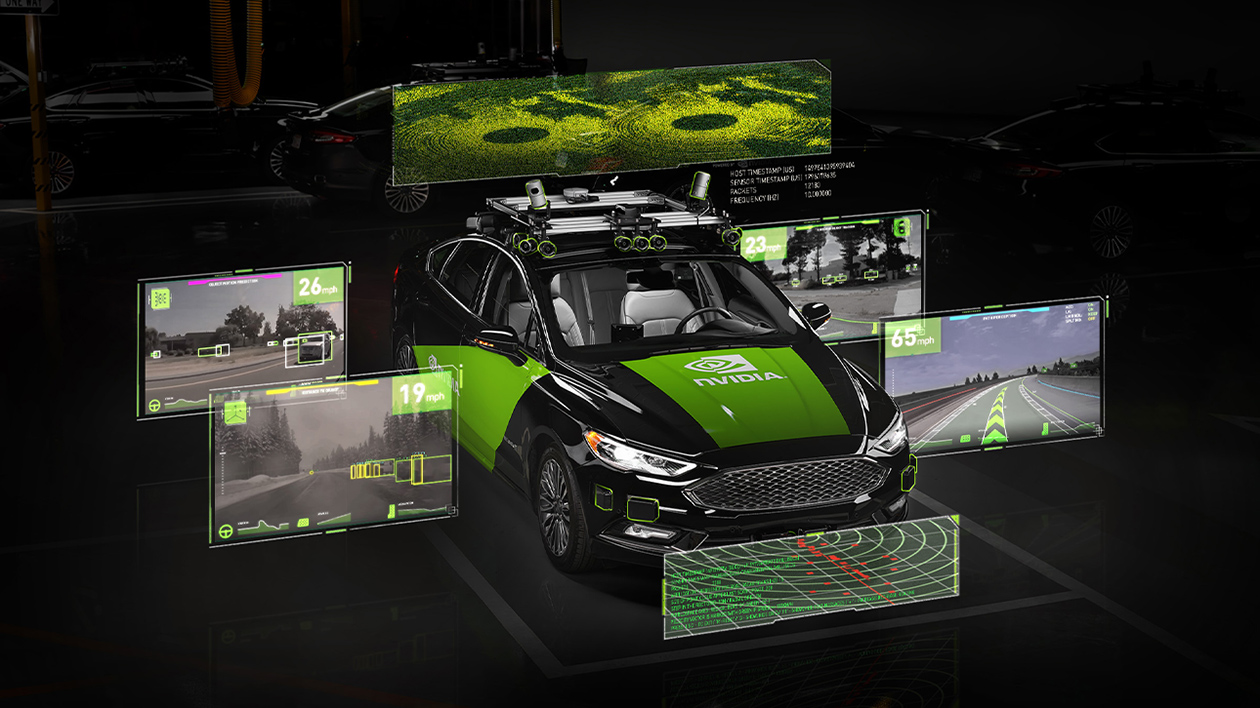
Infotainment Systems and Displays
In today’s automotive landscape, cars have evolved beyond mere transportation vessels; they have transformed into immersive entertainment hubs on wheels. At the heart of this transformation lies the advanced technology of infotainment systems, powered by cutting-edge Car GPUs.
These Graphic Cards play a pivotal role in shaping the driving experience, driving the displays that have become central to modern vehicle interiors. From responsive touchscreen interfaces to intuitive voice-controlled commands, these systems deliver a seamless and engaging journey for both drivers and passengers alike.
Ability to Render Crisp Graphic
One of the key functions of Car GPUs is their ability to render crisp graphics, ensuring that every detail on the display is vivid and clear. Whether you’re adjusting climate settings, browsing through music playlists, or navigating through complex city streets, the graphics rendered by these GPUs provide an immersive and visually appealing interface.
Moreover, the responsiveness of touch interactions is greatly enhanced by the processing power of Graphic Cards. This ensures that every tap and swipe on the screen is met with instant feedback, allowing drivers to stay focused on the road ahead while effortlessly accessing various features and functionalities.
Enhancing Safety Riding
In addition to providing entertainment and convenience, Graphic Cards also play a crucial role in enhancing safety on the road. They enable features such as real-time traffic information and navigation assistance, helping drivers make informed decisions and navigate unfamiliar routes with ease.
Overall, Car GPUs have revolutionized the driving experience, elevating it to new heights of sophistication and convenience. As automotive technology continues to advance, these powerful processors will undoubtedly play an increasingly integral role in shaping the future of mobility.
Read More: Multithreading Innovation Promises Double Processing Speeds
Advanced Driver Assistance Systems (ADAS)
The Crucial Role of Car GPUs: Enhancing Safety and Convenience on the Road
In the realm of automotive technology, Car GPUs (Graphics Processing Units) serve as more than just powerhouses for infotainment systems; they are indispensable components that drive safety and convenience features crucial for modern vehicles.
Advanced Driver Assistance Systems (ADAS) exemplify the pivotal role Graphic Cards play in enhancing safety on the road. Features such as lane departure warning, adaptive cruise control, and automatic emergency braking rely heavily on real-time data processing facilitated by these GPUs. Cameras, LiDAR sensors, and radar systems capture intricate details about the vehicle’s surroundings, and it’s the Car GPUs that process this vast amount of data, enabling the system to make split-second decisions that can potentially prevent accidents and save lives.
ADAS Evolution
As automotive technology continues to evolve, so does ADAS, with a trajectory toward higher levels of autonomy. This evolution places even greater demands on Graphic Cards, requiring them to handle increasingly complex computational tasks with precision and efficiency. From identifying potential obstacles to predicting vehicle trajectories, Graphic Cards are at the forefront of driving innovation in automotive safety.
Improved Convenience and Comfort
Moreover, beyond safety enhancements, Car GPUs contribute significantly to the overall convenience and comfort of the driving experience. Advanced navigation systems, voice recognition capabilities, and augmented reality displays—all powered by Car GPUs—make every journey more intuitive and enjoyable for drivers and passengers alike.
In essence, Car GPUs serve as the backbone of modern automotive technology, bridging the gap between safety, convenience, and innovation on the road. As the automotive industry continues to embrace advancements in artificial intelligence and autonomous driving, Car GPUs will remain indispensable components driving us toward a safer, smarter, and more connected future on the road.
Challenges and Opportunities
Power Efficiency
Car GPUs must strike a delicate balance between performance and power efficiency. Unlike desktop GPUs, which can draw substantial power from the grid, Car GPUs operate within the constraints of a vehicle’s electrical system. Manufacturers aim to optimize performance while minimizing energy consumption.
Thermal Management
The automotive environment is harsh—extreme temperatures, vibrations, and dust challenge the longevity of electronic components. Car GPUs must withstand these conditions without compromising performance. Efficient thermal management solutions are crucial.
Scalability
As vehicles transition from Level 2 to Level 5 autonomy, Car GPUs must scale accordingly. High-resolution displays, sensor fusion, and AI algorithms demand ever-increasing computational horsepower. Manufacturers need flexible GPU architectures that can adapt to evolving requirements.
In conclusion, Car GPUs are the unsung heroes behind the scenes, shaping our driving experiences and paving the way for autonomous mobility. As the automotive industry embraces electrification, connectivity, and automation, Car GPUs will continue to evolve, driving us toward a safer, smarter future on the road.








